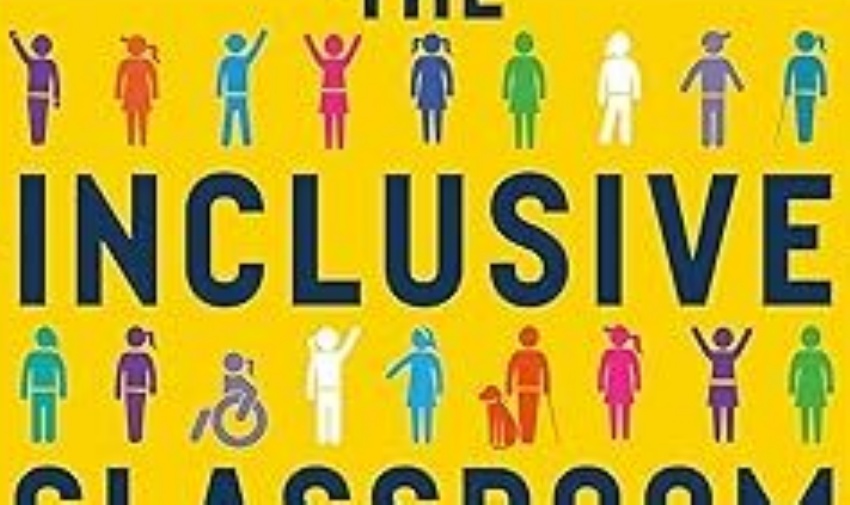Blog #2: Book Review - The Inclusive Classroom by Daniel Sobel & Sara Alston

Molly (Enterprise Works) reviews The Inclusive Classroom by Daniel Sobel & Sara Alston and explains how it is relevant to Kenwood Academy.
What's the book about?
The Inclusive Classroom by Daniel Sobel and Sara Alston offers a thoughtful and practical guide to developing inclusive practices across a range of educational settings. While many of the case studies and strategies are drawn from mainstream school contexts, there are numerous transferable insights relevant to special school environments, particularly around effective inclusive teaching and learning. Grounded in professional experience and supported by research, the book explores what inclusion looks like in practice and how educators can create learning environments that are safe, supportive, and genuinely responsive to the diverse needs of all learners. The books accessible style and reflective tone make it a valuable resource for both new and experienced practitioners working in special educational settings.
Why is it relevant to our provision?
For our team supporting students with communication and interaction and SEMH needs every day, this book really connects with the work we do as it reflects our values and gives us useful ideas we can build on. Sobel and Alston reinforce the importance of understanding behaviour as communication, the need for consistency and flexibility, and the value of strong relationships in supporting engagement and learning. The strategies discussed resonate with the approaches already embedded in our practice, while also offering opportunities to reflect, refine, and extend what we do.
How can we use it:
- Reflective practice: Use the book’s guided questions to evaluate and adapt your current approaches in the classroom.
- Practical strategies: Implement low-arousal techniques, visual supports, and structured choices which are key tools for students with communication and interaction needs.
- Team collaboration: Share relevant chapters or case studies to prompt discussion and collective problem-solving.
- Support for SEMH needs: The book emphasises understanding behaviour as communication, which aligns with trauma-informed and relationship-based approaches we value.
Key takeaways:
- Inclusion is not about “fixing” students, but about adapting environments and attitudes.
- Behaviour is a form of communication. Curiosity and compassion are essential.
- A consistent yet flexible classroom approach helps all students feel secure.
- Staff wellbeing and collaboration are foundational to sustaining inclusive practice. Share best practice!
"I think it is such a wonderful book. It focuses a lot on some of the experiences you would face in the classroom as a SEND teacher and what strategies you can implement to help you bring the best out of the students. The strategies are simple and easy to use but they make a big and lasting impact on the students by increasing the avenues they have to actively participate in their lessons. It has become one of my favourite books as a teaching professional in my last year as an ECT."
Enike: 2nd year ECT, computing teacher
"I think that this book is particularly relevant for Kenwood, which is low demand by nature, is the section on strategies for differentiation in the classroom. This section details approaches to meet individual learning needs of students to enable them to make progress in the curriculum. The book also has insightful case studies and 'instead of this, try this' with examples of classroom situations which we all will have experienced." -
Amy: Assistant SENDCO and teacher
Here's a link to the book, under Blog #2 Resources:
